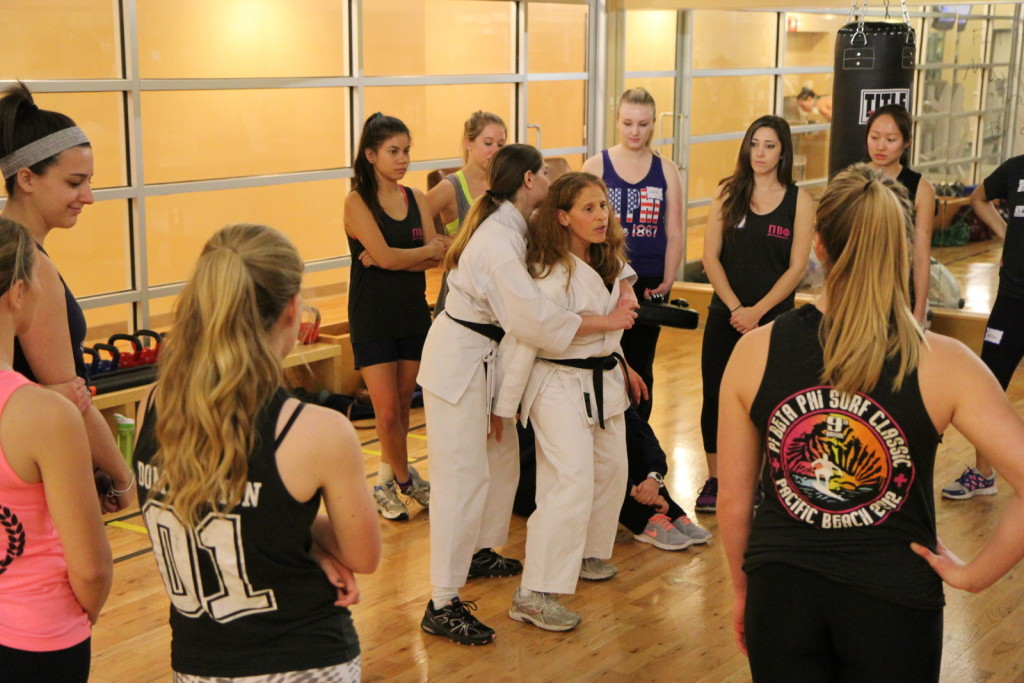
There are many ways to measure bodyfat. There are the Dual Xray absorption, Bioelectric impedance analysis (BIA), as well as Siri's equation. Each method has its pros and cons. This article will help you make an informed decision on the best method.
Bioelectric impendance analysis (BIA).
Bioelectric impedance measurement (BIA) is an emerging technology for measuring body fat. It can be used to determine different body dimensions. This technology employs different instruments to measure the resistance of tissues in the body. The tissue's impedance varies depending on its composition. The resistance of a tissue is usually equal to its volume of water. However, in some cases, the resistance of a tissue may be higher or lower than that of the surrounding tissues.
Bioelectric impedance analysis of a female was used in a study to determine her body's total water content. This measure of body water is used to calculate body fat percentage and total weight. To monitor patient's health and progress, BIA follow-up tests can also be performed.
Dual X ray absorption (DXA).
Dual X-ray absorption is a powerful tool for body fat measurement. Its accuracy matches that of MRI and CT. DXA is used to measure body fat by physicians in order to evaluate body composition. This technology is ideal for evaluating defined body regions like the abdomen or mid-thigh.

DXA distinguishes between low-density and high-density tissues. High-density tissues absorb Xray beams less than lower-density. The DXA results are then expressed in R-values, the ratio of the attenuation coefficients at two different energy levels. R-values of fat and bone are fixed. They differ for soft tissues.
Method of measuring height and circumference
There are many ways to measure body fat. One method is to measure the circumference of your neck and waist. The equation can then be multiplied by the participant’s height. It can be used to determine percent body fat. Both the Army and the Marine Corps use this method.
Another method is to measure the body circumference in order to determine abdominal obesity. Because it is easiest to use, it is the most commonly used method. The waist is located at the middle of the body. Another way to calculate the waist-to hip ratio is to measure the waist and the hips and divide that number by your waist circumference.
Siri's equation
Siri's equation for bodyfat measurement is a 2-compartment model. It calculates bodyfat from body density and fat-free mass. These values are used to calculate the body fat percentage. The formula is applicable to both men as well as women. Its results will vary depending upon the objective and the measurement method.
This equation is based upon the skinfold sum. It assumes that fat will have a density at 0.901g cm-3, and fat-free fat at 1.100g cm-3. To calculate total body weight, subtract the fat from the non-fat mass.

Hydrostatic weighing
One of the most accurate ways to measure body fat is through hydrostatic weighing. Hydrostatic weighing employs Archimedes' principle for measuring body fat. Lean mass is more dense than water while fat mass tends to be less dense. Participants are required to lower their bodies into water, and then exhale. The examiner will collect the data and calculate an average to determine the exact body fat measurement.
Hydrostatic weighing does have its limitations but it is quick and simple to perform. This method is particularly useful for people who may not be able to use other methods to measure body fat. This includes people with disabilities and those who are obese or elderly.
FAQ
What can I do to learn self-defense at my home?
If you are looking for a way to improve your self-defense skills, there are many ways to do this. Martial Arts is a great way to get started. Martial Arts can teach you how to defend your self without using weapons. They are also great for building confidence and fitness. Most schools offer classes online, so you don't need to be present at a class. It is important to choose the type of martial art that you are interested in learning. Do you want to learn Kung Fu? Or perhaps Karate? Although these two styles may be very different, they are both excellent. The key difference between these styles is the style of fighting. Karate, for example, is more focused on striking techniques. Kung fu is more concerned with grappling and kicks.
It is important to check whether they offer multiple forms of instruction when selecting a school. This refers to all the different martial arts styles taught at a school. Some schools teach only one type of martial art, such as Tai Chi. Others may offer instruction for several types of martial arts. No matter what type of martial art you are interested in, ensure that you only choose a respected school. Ask your friends and family if they have ever studied there. Also, ask questions about the training and background of the instructors. Talk to someone who teaches at the school if you can.
How much does it cost to enroll in a self-defense course?
There are many self-defense classes available. The price of self-defense classes varies depending on where they are held and whether they are taken in person or electronically.
Some schools charge $50 per month while others charge as high as $200.
You can find a low-cost option at your local community center. Many of these places offer free self-defense lessons.
Where is the best place for self-defense?
Self-defense should be practiced in your own backyard. You can also practice in another location if you don’t have enough space.
You could practice anywhere, such as in a empty parking lot, in a car park, or even your living room. Keep your eyes open and be aware of what's around you.
This is extremely dangerous. Always practice with a partner.
What should I be looking for in a Self-Defense Class?
It is important to consider the reputation and experience level of instructors when choosing a self defence class. Ask about their background and credentials.
Ask for discounts or free trials. You may be eligible for special discounts and offers from instructors who teach new students.
Ask about online classes.
Ask if they provide emergency medical care after every class. This is particularly important if you are injured in a class.
You should look for classes that offer a wide range of exercises. This will allow you to practice each technique in a relaxed environment.
What are some simple self-defense strategies?
Self-defense techniques can include kicks and punches as well as elbows, knees, knees and headbutts. You might also consider grappling like judo or jujitsu and karate, as well as taekwondo.
For protection against an attacker who would like to harm you, self-defense techniques are available.
They can also be used by someone defending themselves from another person who is attacking them.
But there are many methods to self-defense. So choose the one that suits you best.
Are there any legal requirements to own a stungun?
You must prove that you are trained in order to purchase a stungun in certain states.
Some states require you to register your stun gun with the police.
You must notify law enforcement in other states if you move.
How do beginners do self-defense?
Not only are experts trained in self-defense, but so is everyone else. It is also important to be able defend yourself alone. It is important to learn the basics of how to defend yourself against an attack.
Start by learning basic movements like punching, kicking and kneeing. Then, you can move on to more complex moves like grappling or joint locking.
It's always a good idea to practice the same things you will encounter in real life. To learn how to kick someone you need to practice on something soft, such as a pillow.
This will ensure that you don't cause injury to yourself while practicing. Do not hit anything too hard. You might cause injury.
Statistics
- Verbal harassment was the most common form, but 51 percent of women said they were touched or groped in an unwelcome way, while 27 percent of women survived sexual assault. (healthline.com)
- Most likely, the person will want some kind of boxing match, so if you can out-box them, this would be 100% ideal for survival. (budodragon.com)
- In a January 2018 survey of 1,000 women nationwide, 81 percent reported experiencing some form of sexual harassment, assault, or both in their lifetime. (healthline.com)
- Saying this, Self defense 101 would be the importance of situational awareness, which can never be replaced by the finest of martial arts, because it is this that would help you to avoid any likely attacks in the first place. (worldofselfdefense.com)
External Links
How To
How to use stun guns for self-defense
Using a stun gun is the best way to defend yourself from an attacker. If used correctly, stun guns can be dangerous. As they cause temporary paralysis, stun guns do not harm anyone with a heart condition. A stun gun should always be carried on you at all times when you go outside. If someone attempts to attack or threaten you, pull the trigger. This will stop them in their tracks.
If you want to learn how to use a stun gun for self-defense properly, read on below:
-
Always point the weapon in the direction of the target.
-
Try to reach the chest.
-
Only one time you should pull the trigger.
-
You should hold the weapon tightly in both your hands.
-
Keep the weapon pointed straight at the target, until the person becomes unconscious.
-
Get to safety quickly.
-
Never touch the victim after you have pulled the trigger.
-
Use a stun gun only in extremely dangerous situations
-
Do not try and disarm an intruder.
-
If you're attacked, dial 911 first.
-
Call the police once the attacker is subdued.
-
Do not let an attacker approach you again.